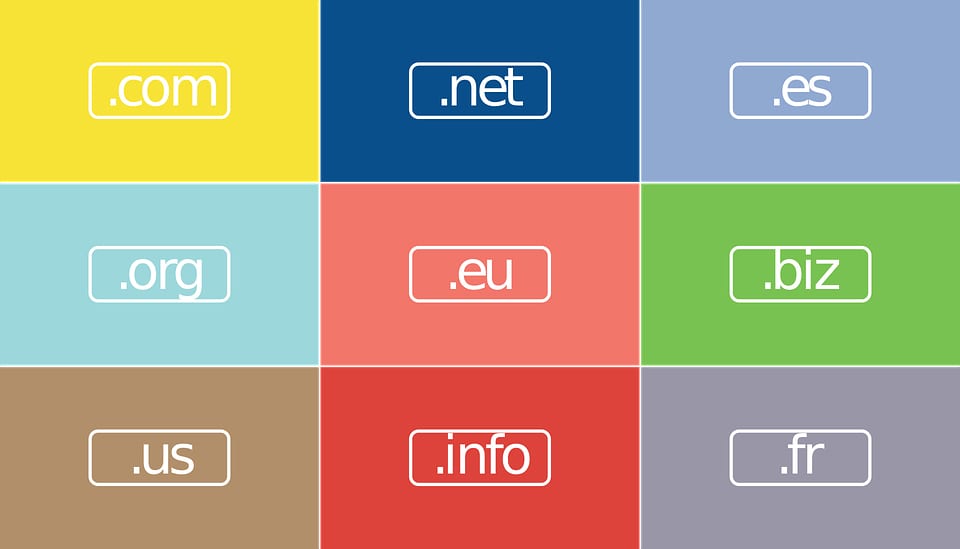5 Things You Need to Know Before Buying a Pre-Owned Domain

It might be tempting to purchase an established domain that offers products or services similar to yours. It can especially seem like a good idea if the domain is highly-visible in search engines and ranking for words and phrases that you are targeting.
However, a pre-existing website can also have problems that are not easily detectable by simple browsing. Read on about the five things you need to know before buying a pre-owned domain before you decide to go this route:
Look Into the Google Search Console
First, you need to access the domain’s Google Search Console to verify any security issues and manual penalties on the domain. If the domain has an existing account, ask for the login details from the current admin. If there was no account setup, complete an online request.
Once logged in, make sure you review the following details:
1. Search Traffic > Manual Actions, and find any notes on the account.
2. Security issues which provide details for any website hacking issues.
Assess Traffic Patterns and Possible Phishing
The next step is to access Google Analytics and observe unusual traffic patterns or URLs receiving organic traffic. You can check the referral traffic to find any spammy websites that direct traffic to the site.
You can also look at Bing Webmaster Tools. It has a site security area that makes you aware of any phishing attempts, malware, and changes in the site’s SSL certificate status. You can go to the “Reports and Data” section and find the “Page Traffic” report to evaluate the top landing pages.
Verify Potential Blacklisting
Blacklisting is another thing to be aware of before buying a pre-owned domain. It occurs when there are traces of sending spammy emails from the domain, leading to email server’s IP address getting blocked. Determine if the domain is blacklisted by using blacklist checker tools available online.
Investigate Internal and External Links
A common sign of domain misuse is link manipulation, which uses extremely-specific anchor text phrases that link out to other spammy or poor-quality content. In some instances, the anchor text will stay unchanged, making link manipulation more difficult to recognize.
You can use SEO tools like Screaming Frog and Majestic to crawl website internal links and view the backlink profile of external links. You can go further to other off-page factors like referring domains, which are responsible for the most number of backlinks to the site.
Likewise, having a huge number of backlinks coming from one or more sites suggests the domain might have been involved in a pay-to-play scheme to acquire those links.
Analyse SERP
Check for malicious landing pages by performing a Google search. Use site search operator [site:yourwebsite.com]. You can also experiment with search operator [inurl: keyword], replacing “keyword” with negative words like “gambling” to discover potentially spammy content.
Though Google usually displays a warning in the SERP when it recognizes a hacked site, not all content may be flagged.
Evaluate Anchor Text Usage
Anchor text usage is an SEO factor you should not miss during your domain investigation. Anchor text is a word or phrase that is hyperlinked and brings your visitor to your website upon clicking. It signals topical relevancy to Google. For example, if your web page offers digital marketing services, it would be appropriate for other sites to link to that page using the same phrase or something related, like “SEO tips”.
Should you decide to buy a domain and retain some of the existing content, you have to make sure that there are no anchor text words or phrases irrelevant to your own content. Otherwise, it is best practice to contact the webmaster to update their anchor text or wipe them out altogether.
